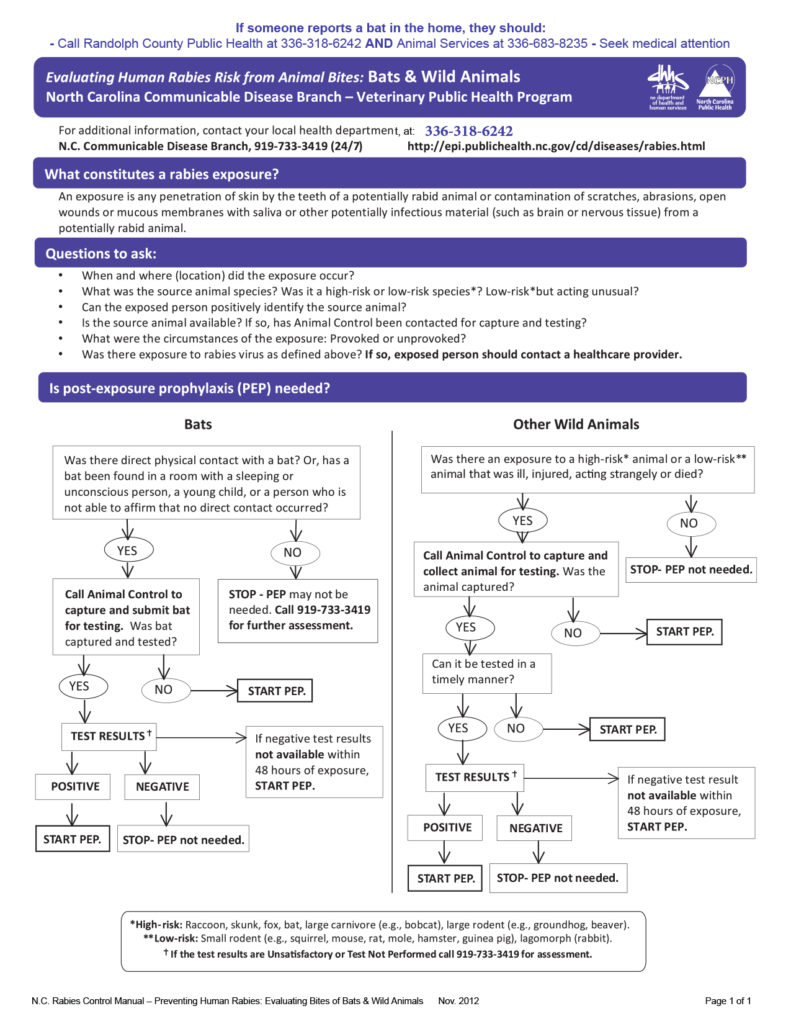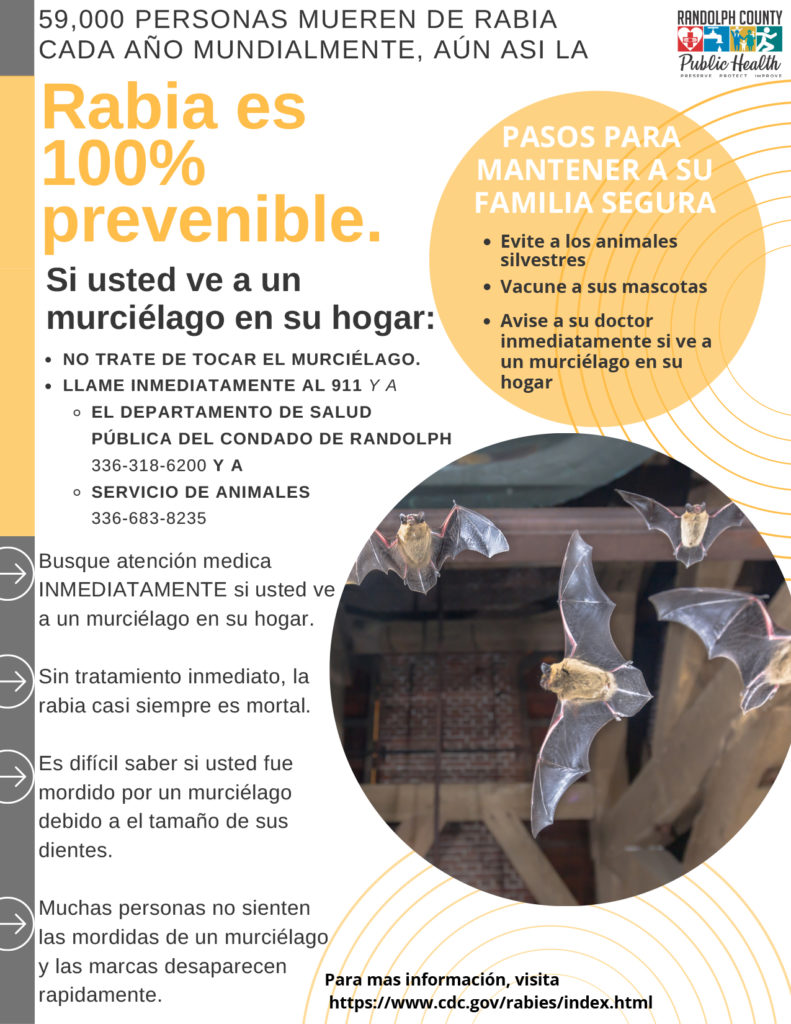Christmas Parade Cancelled
With deep regret, the Town of Franklinville has cancelled this year’s 2020 Christmas Parade due to the rising number of covid cases. We wish all of you a joyous holiday season!
With deep regret, the Town of Franklinville has cancelled this year’s 2020 Christmas Parade due to the rising number of covid cases. We wish all of you a joyous holiday season!
We are now about to accept on-line utility payments through a safe, secure and easy process. Make your payment here: https://secure.paystar.io/pay/franklinville
If you see a bat in your home:
• Do not handle the bat
• Call 911 right away! Also call Randolph County Public Health at 336-317-6200 and Animal Services at 336-683-8235
• See medical attention IMMEDIATELY if you see a bat in the home.
Did you know….
• Without immediate treatment, rabies is nearly always fatal.
• It is hard to know if you have been bitten by a bat due to the size of their teeth.
• Many people do not feel bat bites and marks disappear quickly.
For more information, visit https://www.cdc.gov/rabies/index.html


If everyone in North Carolina looked just like me, what kind of 2020 Census would this be?
**Our goal is 100% Participation for North Carolina**
Its Crunch Time North Carolina! Join #2020CensusPushNC to Ensure EVERYONE is Represented!
2020 CENSUS PUSH FOR NORTH CAROLINA
WHAT IS IT?
The 2020 Census Push for North Carolina campaign week is intended to highlight compelling reasons why everyone should respond to the 2020 Census and to encourage those who have not responded yet to do so TODAY.
WHEN IS IT?
The 2020 Census Push Campaign kicks off on Wednesday, 7/22/2020 and runs through the end of July.
WHO SHOULD GET INVOLVED?
HOW CAN I PARTICIPATE?
Take a selfie holding a sign showing why YOU responded to the 2020 Census. Post that on Facebook, Instagram, etc. and challenge others to do the same.
Remember to include the response website www.my2020census.gov and the hashtag #2020CensusPushNC
Come up with your own custom message or use one of the example messages in your post, motivating others to respond today.
They’re messy, bad for the environment, and can result in stiff penalties from regulators.
Sewer backups and overflows are frequently caused by improper materials such as fats, oils, and grease being placed in the sewer system by customers. Since fats, oils, and grease are lighter than water, they tend to accumulate at the top and sides of the sewer pipes and can build up until a blockage occurs. If a blockage happens, the sewer backs up and overflows, resulting in property and environmental damage.
By reducing the number of fats, oils, and grease that enter the system from homes, YOU can help protect the environment, and possibly your home, by preventing sewer backups and overflows.
Please Help Us with the grease problems in our system by:
DO:
DO NOT!!
Espanol:
Por favor, ayúdanos con problemas de grasa en la sistema del agua:
PLEASE DO YOUR PART TO HELP US MAINTAIN OUR SANITATION SYSTEM. AFTER ALL, THE SYSTEM BELONGS TO ALL CITIZENS OF FRANKLINVILLE.
Trunk or Treat was rescheduled to Friday, November 1st due to the Halloween weather forecast. But once again the Trunk or Treat with the addition of hayrides was a success! Thank you to everyone that came out and to all those who helped with the organization and planning of this community event. Thank you to the local churches for bringing their trunks filled with goodies. A special thank you to Kelly Wicker for providing his tractor and driving for the hayride. A great time was has by all!
Due to the forecasted bad weather, the Trunk or Treat in Riverside Park has been rescheduled for Friday, November 1st from 5:00 PM – 8:00 PM.
New signs are up at the Otus Thomas Ball Park. Thank you to our town maintenance crew for taking care of picking up the signs and putting them up! They look great!
Learn life long skills including: Carpentry, Blacksmithing, Gardening, and Sustainable Living Skills. Visit LivingWellEarthStewards.com for class details and pricing.